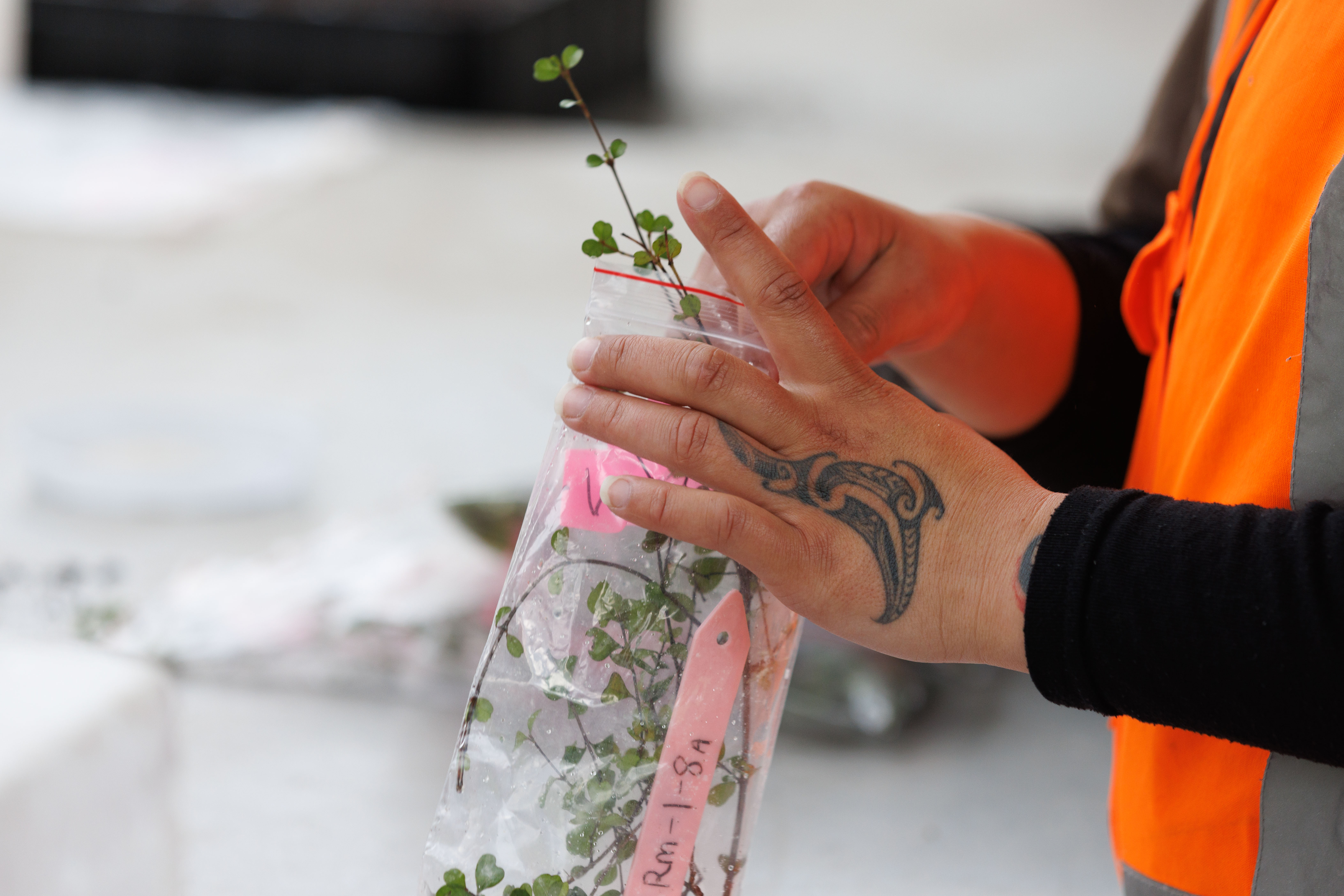Forest Health News No. 318 - February 2025
We welcome you to the February issue of Forest Health News. In this issue you can read about highlights from the IUFRO “Phytophthora in Forests” conference in Paihia, recent visitors to the Scion campus in Rotorua, a new app to combat myrtle rust, and comments from the diagnostics team regarding granulate ambrosia beetle and terminal crook.
- Highlights from IUFRO Phytophthora in Forests and Natural Ecosystems
- Chinese delegation visits Scion
- Biosecurity students from Toi Ohomai tour Scion labs
- New forest health app, E Heke, E Heka launched
- Update on Granulate Ambrosia Beetle
- Forest Health Diagnostic Service
- Terminal Crook samples wanted
- A collaborative approach to myrtle rust in the Bay of Plenty

Highlights from the IUFRO Phytophthora in Forests and Natural Ecosystems
People from all over the world gathered in Paihia in September 2024 to discuss the latest research and developments in managing Phytophthora forest diseases. The conference opened with a pōwhiri welcoming attendees onto the Waitangi Treaty Grounds at Te Whare Rūnanga. It was a powerful ceremony in which our Māori hosts emphasised the need for mutual respect and support between people and land and encouraged pathologists to continue seeking answers to the challenges posed by devastating forest pathogens.
Over the next five days researchers and community leaders shared their insights and observations from across the globe. As one might expect, the contingent from Aotearoa was present in full force! Some predominant themes from the conference included:
Phytophthora Research and Management: impacts of Phytophthora diseases on ecosystems, management strategies to mitigate those impacts, and community responses to Phytophthora outbreaks. Presentation highlights included several talks on the complex and ongoing response to P. agathidicida and Kauri ora in Aotearoa, management practices in the Bunya Mountains of Queensland, and the development of best practice guidelines in California plant nurseries. Dr. Ana Pérez-Sierra presented a thought-provoking keynote address on the impact of Phytophthora species across agricultural, horticultural, and forestry landscapes, followed by discussions on the global pathways of Phytophthora species and their establishment in native ecosystems. The theme of establishment in native ecosystems was further emphasised by another keynote talk from Dr. Trudy Paap on the impact of P. cinnamomi on the diverse Cape Floristic Region in South Africa.
Detection and Surveillance: technical advancements in the detection and monitoring of Phytophthora species. Talks focused on emerging detection methods, including eRNA as a tool for detecting viable Phytophthora material, and the development of new strategies for testing and quantifying Phytophthora in forest soils. Scion’s own Emily McLay presented her work on epidemiological modelling for P. pluvialis as part of the larger Resilient Forests Research Programme. We also heard Matthew Arnet detail his work on remote sensing to detect early decline of kauri infected with P. agathadicida.
Community and Indigenous Perspectives: the role of community-led initiatives and Indigenous knowledge in managing Phytophthora-related issues. Topics included community education and capacity building, the integration of Indigenous knowledge frameworks, especially Mātauranga Māori, in biosecurity management, and the involvement of local communities in surveillance and management efforts. We heard presentations from Shawn Colbung of the Binalup Aboriginal Corporation’s Cultural Rangers from Western Australia, Ian Horner from Kauri RescueTM, Tracey Godfery (Ngāti Awa, Ngāti Tūwharetoa, Ngāi Tūhoe, Ngāti Hikairo, Ngāti Maru), and Waitangi Wood (Ngatirua, Ngāti Awa, Ngāti Kahu, Ngāpuhi Nui Tonu).
These themes reflect the holistic approach necessary to address the challenges posed by Phytophthora diseases. Through scientific research, practical management strategies, and community engagement we can positively impact the health of our forests!
In addition to all the valuable presentations, conference attendees also had the opportunity to visit several field sites in Northland’s Waipoua Forest. We learned about kaitiakitanga (stewardship) from local mana whenua as we gazed up at majestic Kauri trees. We paid our respects to Tane Mahuta and Te Matua Ngahere and visited Trounson Park to observe the impacts of P. agathadicida and management practices in action. At the end of the meeting, Scion hosted a post-conference workshop where we presented some of our recent pathology projects, toured Scion’s research nursery, and observed disease in nearby forests. Overall, the conference provided a comprehensive overview of the current state of Phytophthora research and management, fostering collaboration and knowledge sharing among scientists, land managers, and community leaders.
Author: Hazel Daniels
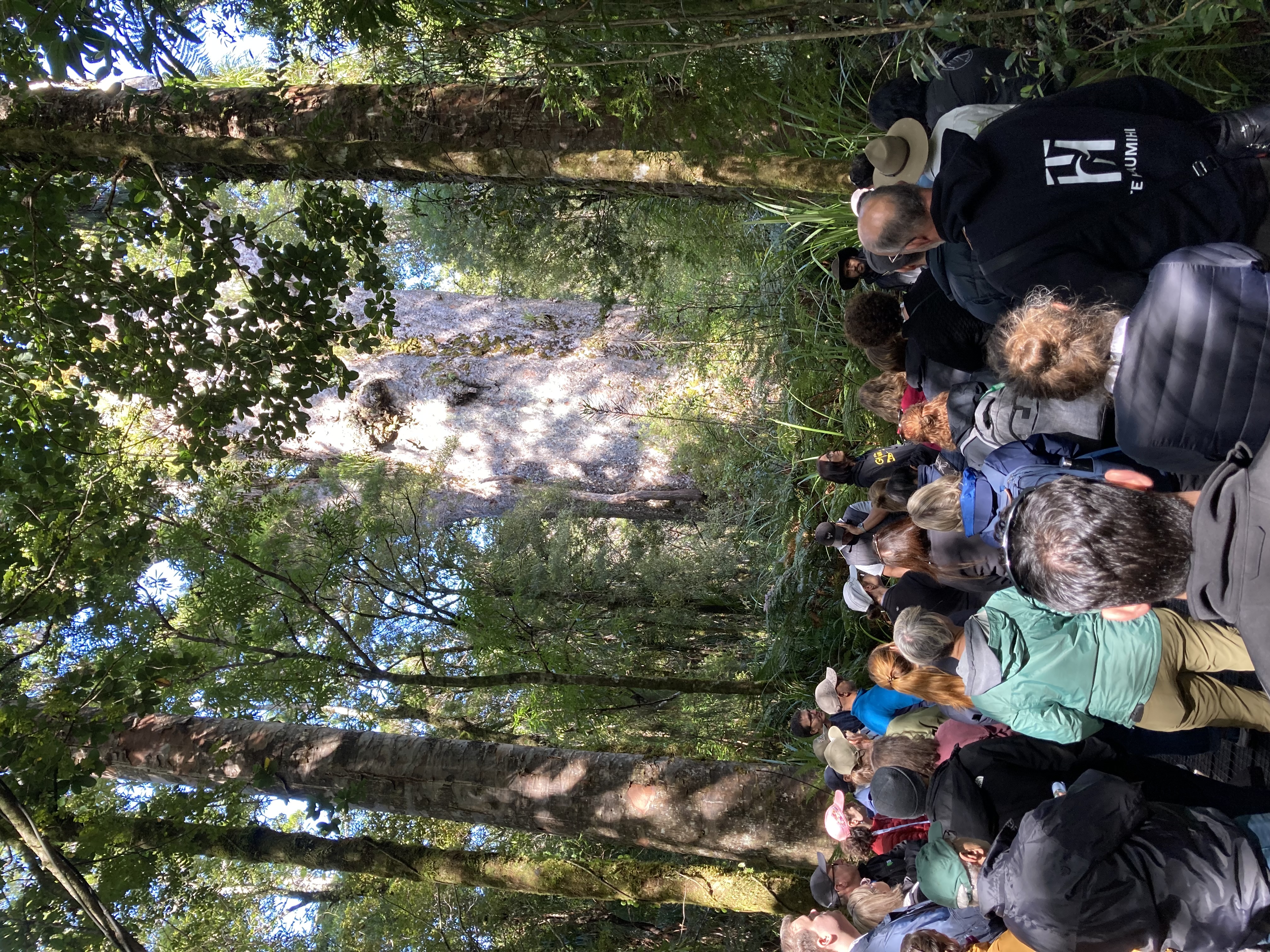
Delegation visit from Chinese Academy of Inspection and Quarantine
Scion was delighted to host a delegation from the Chinese Academy of Inspection and Quarantine, facilitated by Robbie Ramlose of Genera Biosecurity. Scion scientist Stuart Fraser provided an overview of forest health research in New Zealand, followed by Andrew Pugh and Andrew Cridge giving an overview of New Zealand production forest biosecurity and market access research. The visit was completed with a guided tour led by Darryl Herron with a visit of the Scion diagnostics laboratory and key research facilities. Useful discussions were held around new approaches to phytosanitary management and areas for working in collaboration.
Author: Andrew Pugh
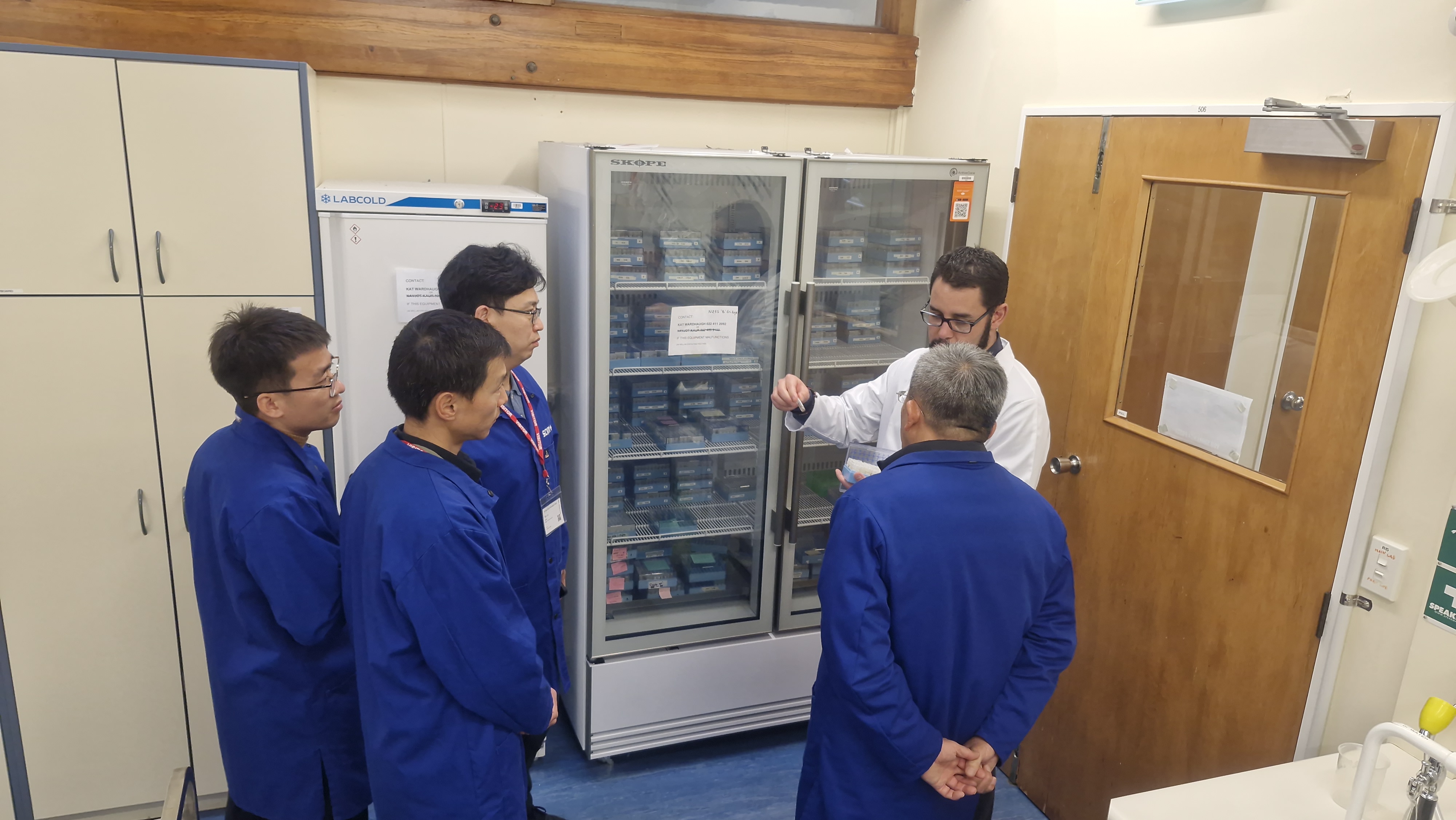
Biosecurity students visit Scion’s Pathology and Entomolgy Labs
Undergraduate biosecurity students from local institute Toi Ohomai took the opportunity to visit Scion’s Pathology and Entomology Labs. The group spent an afternoon with Andrew Cridge, Toni Withers, Carl Wardhaugh, Darryl Herron and Andrew Pugh learning about our biosecurity related research.
Surveillance with various insect traps, environmental (eDNA) techniques, and options for careers in biosecurity research were explored but the centre of attention were beautiful displays of some of our insect collection.
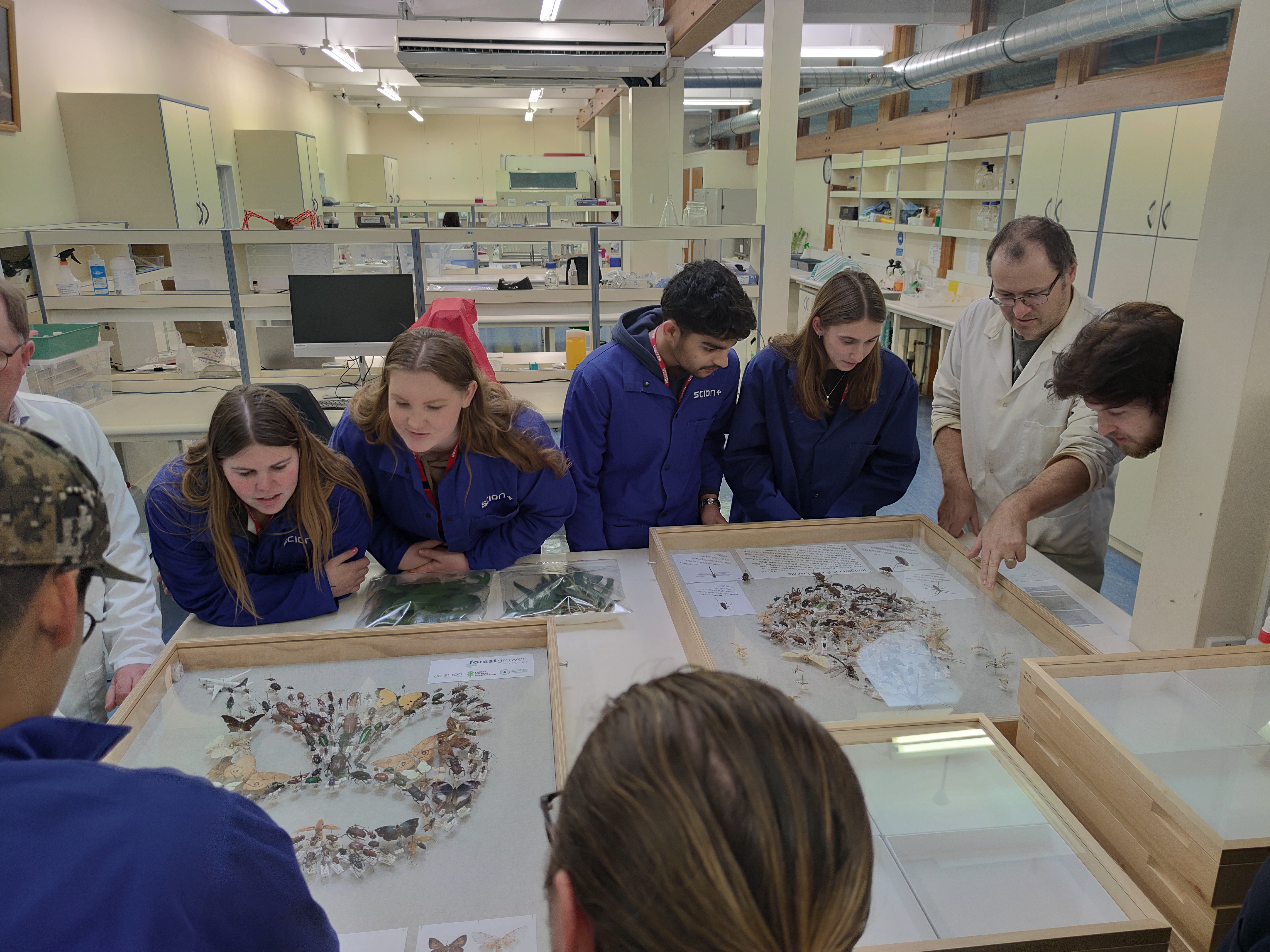
Scion app empowers rangatahi to embrace science
In June last year, Scion launched an interactive learning app designed to empower rangatahi (young people) and communities with knowledge about myrtle rust. Historically, Myrtle rust scientific resources, particularly in Te Reo Māori have not been widely accessible. The ‘E heke e Heka!’ app combines innovative technology with culturally relevant content in both Te Reo Māori and English, for a diverse audience aged 12 and above.
The Scion team (Michael Bartlett, Piata Raroa (formerly Scion), Taiāwhio Bryers, Sierra de la Croix and Katerina Pihera-Ridge), embarked on a mission to translate the scientific knowledge for communities, whānau and young people to engage through a unique digital platform.
Project lead, Katerina says that the app aims to bridge the gap between science and communities, offering a user-friendly platform that transforms learning into an interactive and immersive experience.
“For us, this project is more than just an app. It shows what can be achieved through Māori led approaches in collaboration with shared purpose,” she said.
At the official launch, three kura (Whakarewarewa School, Te Rangihakahaka Centre for Science and Technology, and Rotorua Primary School - Pukeroa Oruawhata) came to Scion to preview the app. Watch the video here.
Katerina Pihera-Ridge presented the app to the September Beyond Myrtle Rust webinar, sharing information about E heke e Heka! The myrtle rust learning app.
Katerina is a transdisciplinary specialist, environmental anthropologist, and Indigenous research practitioner who leads Scion’s Restoration, Protection, and Mauri o Te Waonui a Tāne science portfolio.
The webinar is the latest in a series of webinars hosted by Beyond Myrtle Rust since October 2020. Beyond Myrtle Rust is one of the research bodies that Scion effectively partners with on myrtle rust.
Watch the recording here: (Beyond Myrtle Rust: E heke e Heka! The myrtle rust learning app (youtube.com))
‘E heke e Heka!’ is available for download on the Apple and Android app stores. With Mātaihia te heka, an AR app available on the Apple Store, inviting users of all ages to embark on a journey of discovery and learning.
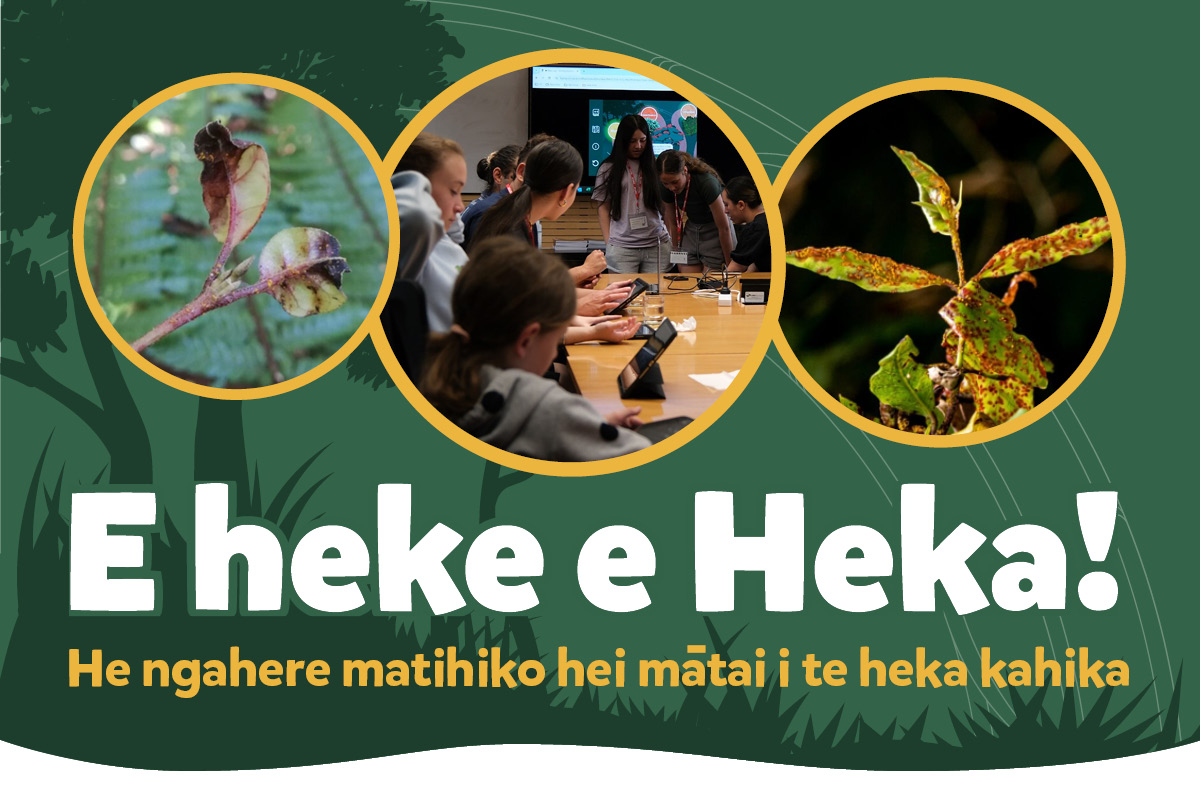
Update on Granulate Ambrosia Beetle
Scion is maintaining a colony of GAB in its purpose-built containment facility and preparing for a trial to test select native plant susceptibility to its attack under climate change conditions. The colony is maintained on artificial diet based on ground European Beech, and/or Taiwanese Cherry.
If you suspect there is GAB infestation on your property, please contact Scion Entomologist Andrew Pugh at andrew.pugh@scionresearch.com. Otherwise, please continue to submit GAB observations through iNaturalist.
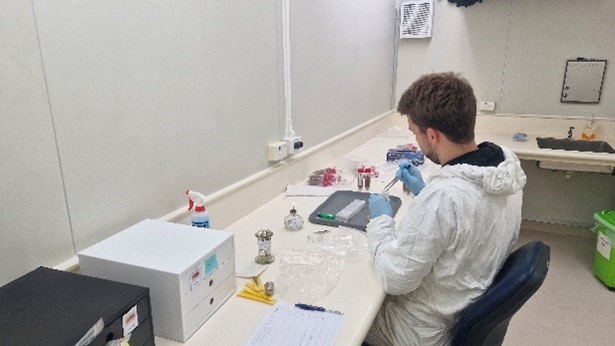
Forest Health Diagnostic Service
Scion's Forest Health Diagnostics service provides professional identification of pests and diseases that threaten forestry assets, enabling early detection and effective management to minimise economic losses and maintain forest productivity.
The service is designed to assist forest owners, managers, and stakeholders in identifying potential biosecurity risks. Scion's team of experts uses advanced diagnostic tools and up-to-date scientific knowledge to accurately identify pathogens and pest species. This allows forest managers to make informed decisions about appropriate control measures and prevent widespread damage.
By leveraging Scion's Forest Health Diagnostics, companies can safeguard their forestry investments, reduce the spread of harmful organisms, and contribute to the sustainability of New Zealand’s forest industry. Fast, reliable, and scientifically robust, this service plays a key role in protecting the future of the forestry sector.
For Forest Health Diagnostics information and pricing visit: https://www.scionresearch.com/services/forest-health-diagnostics
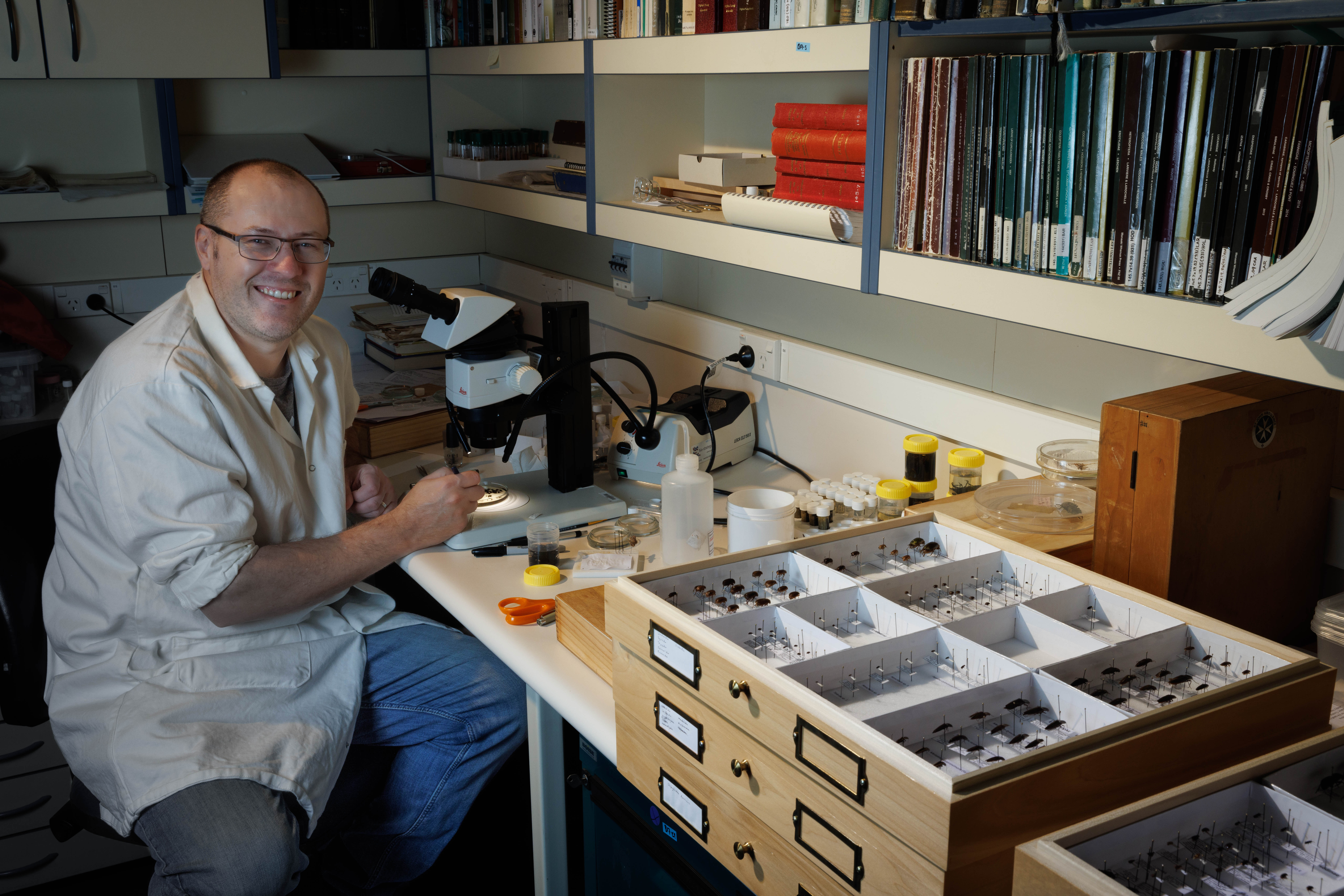
Wanted: samples of Terminal Crook – Help Us Protect Forest Seedlings
Scion is calling on nursery growers across New Zealand to assist in tackling an old disease that’s making a troubling comeback—Terminal crook. This disease, caused by the fungus Colletotrichum acutatum, affects the young apical tips of Pinus spp. seedlings and was first reported in the 1960s. Back then, fungicide treatments were largely effective in managing outbreaks.
However, in 2022 and 2023, Terminal crook returned with a vengeance, causing the loss of millions of seedlings across multiple nurseries, despite fungicide use. The change in the pathogen's behaviour and the reduced effectiveness of traditional chemicals are raising serious concerns.
To get to the bottom of this, Scion is partnering with nurseries to collect samples of infected seedlings from affected sites. By comparing today’s strains of Colletotrichum acutatum with older isolates from the 1960s and 70s, we aim to understand what's driving this resurgence and how we can better manage it. We will also be testing alternative fungicides and application methods to find more effective solutions.
If you suspect Terminal crook is affecting your seedlings, we’d love to hear from you. Please send symptomatic seedlings/cuttings that show the characteristic bending or crooking to Scion’s Forest Health Reference Laboratory (FHRL).
For more information, reach out to us at fhdiagnostics@scionresearch.com.
A collaborative approach to myrtle rust in the Bay of Plenty
A project that employed and trained 16 workers in everything from cutting collection and propagation, to plant identification and navigation is coming to an end.
A strong partnership approach alongside efforts in breeding and conservation are poised to stand as the project’s enduring legacy.
Te Rātā Whakamaru Jobs for Resistance was a three-year research programme funded by the Department of Conservation – Te Papa Atawhai through the Jobs for Nature Mahi ō te Taiao programme – a $1.185 billion programme for projects benefiting the environment, people and regions.
Rotoiti 15 partnered with Scion to deliver the project which aimed to map and monitor taonga species vulnerable to myrtle rust and explore whether it was possible to breed for resistance.
Myrtle rust, caused by the fungus Austropuccinia psidii, poses a significant threat to New Zealand’s native flora. It is feared the already small population of vulnerable Lophomyrtus trees in the Lakes District could be lost without intervention.
The collaboration between Scion and Rotoiti 15 Trust has been at the heart of the project’s success.
Rotoiti 15 hired 10 kaimahi (workers) for Te Tira Rātā (the field team) with a total of 16 people trained during the project.
Scion's project lead Darryl Herron says a key goal of the project was to create jobs, and he feels it achieved that.
"We've provided kaimahi the tools, we've given them the training, we've given the experience. The team’s had three years of on the ground training ... but we've also had them in our laboratories.
"We have a team of 10 highly trained, specialised, field workers, who can do everything from identifying myrtle rust and forest health to pest management,” he says. “It enables mana whenua to take those learnings and do it for themselves.”
Kaimahi regularly monitored transects for the presence and severity of myrtle rust across several Bay of Plenty locations including Ngongotahā, Dansey Road Reserve (Okohiriki), Whakarewarewa Village, Lake Rotorua, Lake Rotoiti, Lake Rotomā and Mauao.
The field team walked at least 3578.4km, twice the length of Aotearoa, managing to paint a detailed species of myrtle in the area.
Rotoiti 15 Trust chair Arapeta Tahana says the growth of people has been one of the project’s main successes.
He says the iwi now not only understands the threat of myrtle rust, but is equipped with solutions and hope, including knowledge of taking cuttings, propagation and raising seedlings to repatriate the ngahere.
“All of these skills are really important to us as an iwi and the long-term protection and enhancement of our environment."
